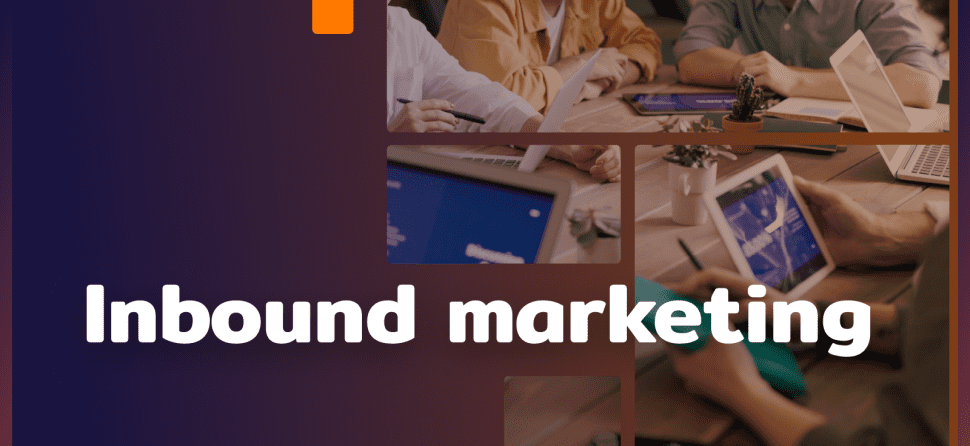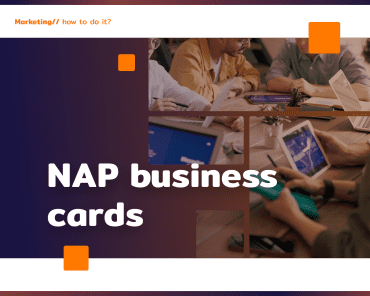In today’s world of marketing,companies have a variety of strategies at their disposal, some of which are gaining popularity over others. One major trend that is gaining more and more recognition is inbound marketing. However, in order to thoroughly understand its value, it is worth comparing it to the traditional strategy, outbound marketing. In this article, we will take a closer look at the differences between the two, answer the question inbound marketing – what is it, and provide practical examples.
Inbound marketing: definition and advantages
Inbound marketing – what is it? It’s a strategy based on attracting customers by providing valuable content that solves their problems and meets their needs. Unlike traditional methods, which involve actively seeking customers, inbound marketing focuses on creating content that captures the attention of potential customers.
Inbound Marketing vs. Outbound Marketing: key differences
You may be wondering who would be the winner in the duel of inbound marketing vs. outbound marketing. Here are the key differences between the two approaches.
- Active search vs. attraction: In outbound marketing, the company actively seeks customers through advertising, cold calling or mailing. In inbound marketing, the customer finds the company on their own through a search engine, blog content or social media. Definitely in the juxtaposition of inbound marketing vs. outbound , more commitment is required of the marketer by the latter.
- Valuable content vs. direct advertisements: Inbound marketing is based on providing content of value to the customer, such as tutorials, articles or instructional videos. Outbound marketing is dominated by traditional forms of advertising, which are often considered intrusive.
- Long-term relationships vs. one-time transactions: Inbound marketing emphasizes building long-term relationships with customers, while outbound marketing often focuses on one-time transactions. Therefore, in the juxtaposition of outbound marketing vs. inbound , it is the latter that translates into gaining more trust from the audience.
- Content management vs. interruption of activity: Inbound marketing engages the customer by publishing content that solves problems or provides information. Outbound marketing often involves interrupting a customer’s current activities, which can cause irritation.
Examples of inbound marketing
This all sounds interesting, but an example will help in understanding what inbound marketing is:
- Education Blogging: Creating regular
blog posts
, which answer customers’ questions and provide them with valuable information.
- Social Media: Publish content on social media platforms that engage users and build brand awareness.
- E-Books and Guides: Create e-books or guides that are available to customers for free in exchange for contact or subscription.
Outbound marketing: a traditional approach
Still have mixed feelings about inbound vs. outbound marketing? Unlike inbound marketing, outbound marketing is based on actively reaching out to customers. Examples include television commercials, billboards, cold calling or traditional newspaper ads. While these methods can generate short-term results, they are increasingly ineffective in the digital age, where consumers are more demanding and have more control over the information they receive.
Challenges and opportunities for inbound marketing
Despite the many advantages that inbound marketing brings, there are also some challenges that companies must face. One of the main ones is the long time it can take to build a strong online presence and develop a loyal community. However, it is this time and effort spent on providing valuable content that can pay significant dividends in the form of lasting customer relationships.
It is also worth noting that an effective marketing strategy often combines elements of both approaches – both inbound and outbound. By taking advantage of the synergy between the two, companies can maximize their chances of reaching different target groups. The key is to understand when and how to use each of these methods to achieve optimal results.
In the face of changing consumer preferences and habits, companies must be flexible and ready to adapt their marketing strategies. Inbound marketing stands out as an effective method, especially in the online environment, where content plays a key role in forming relationships with customers. That’s why investing in educational content, interactive experiences and online community building can be crucial to a company’s long-term success.
In conclusion, inbound marketing not only defines a new way of thinking about customer acquisition, but also puts a premium on building lasting, valuable relationships. When these relationships are based on trust and the delivery of content that actually delivers value, a company can enjoy customer loyalty for years to come. Ultimately, the key to success is finding the right balance between inbound and outbound marketing, adapting strategies to changing market conditions and consistently delivering value to your community.

























